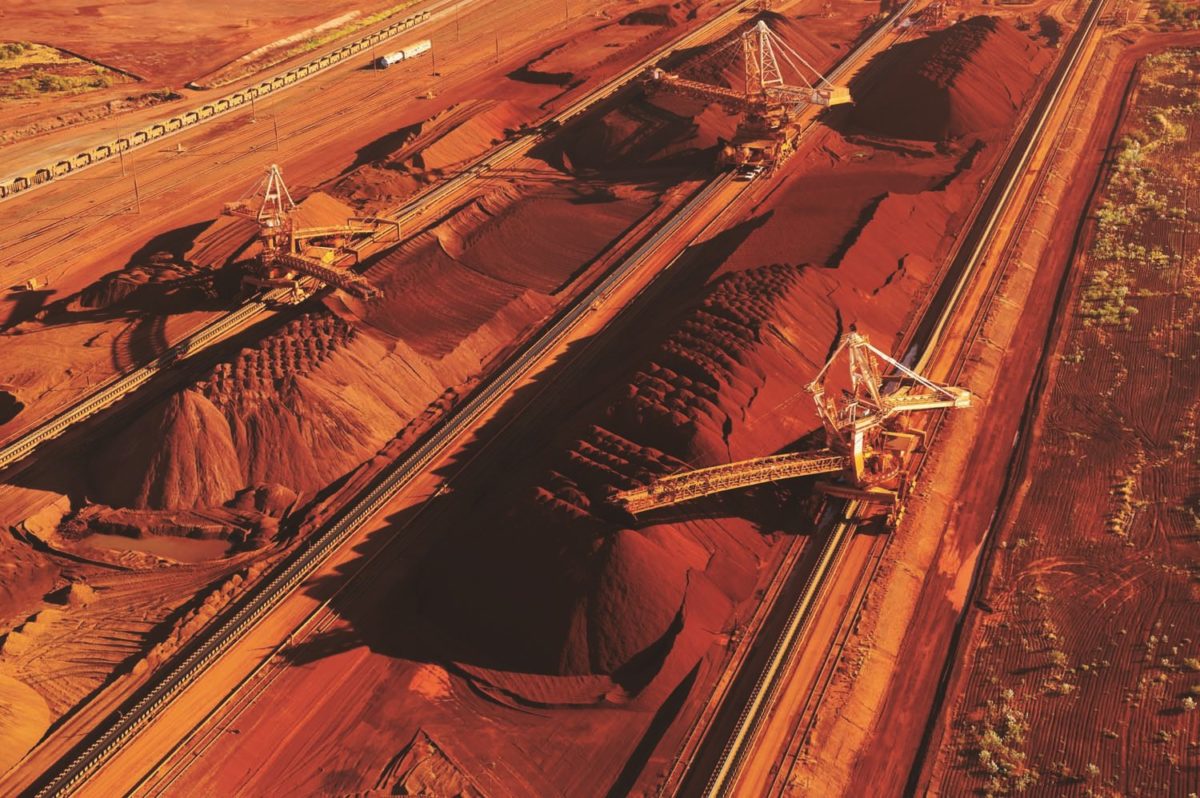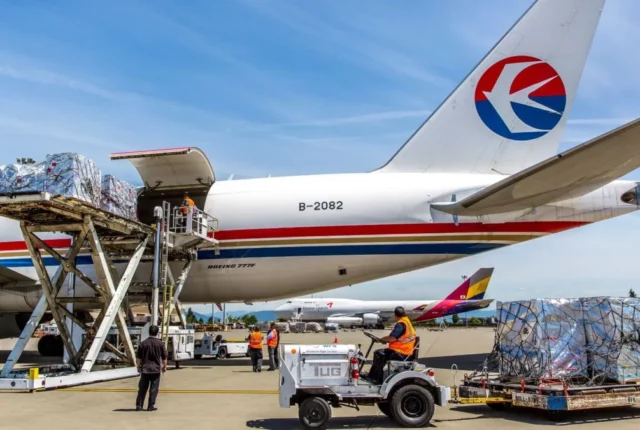
Curb in Demand for Bulk Ships to Transport Iron Ore
There has been a curb in demand for bulk container ships to transport iron ore as steel production slows down in China’s, driving a steady decline in global freight rates from October’s peak Capesize rates to ship the steel-making raw material from Brazil to China have fallen 60% from October, according to the Baltic Exchange, while the widely watched global Dry Index has slumped 75% in the past four months. Shipping rates for every type of vessel from oil tankers to container vessels have fallen since October, easing inflationary pressure even as commodity prices climb. Still, freight rates remain well above normal, with the price to ship a container from China to the U.S. roughly six times higher than the five-year average.
The first major update of U.S. international ocean-shipping laws in more than two decades was introduced in the U.S. Senate 3rd of February, a significant step toward passage. The measure gives the Federal Maritime Commission an updated toolbox to protect exporters, importers, and consumers from unfair practices, updating the watchdog’s authority to regulate the industry for the first time since 1998.For nearly two decades the Shipping Act has remained untouched, complicating supply chain disruption issues and adding to port congestion, David French, National Retail Federation’ senior vice president of government relations, said in a statement. We appreciate the work of Senators Klobuchar and Thune to expedite this critical legislation and look forward to supporting its swift consideration in the Senate and conference with the House. Unprecedented consumer demand coupled with a shortage of truck drivers and warehouse workers amid the Covid-19 pandemic has led to long queues for ships and piles of containers full of goods lingering at U.S. ports, especially at the West Coast gateway of Los Angeles and neighbouring Long Beach, which together handle about 40% of the nation’s maritime cargo.






